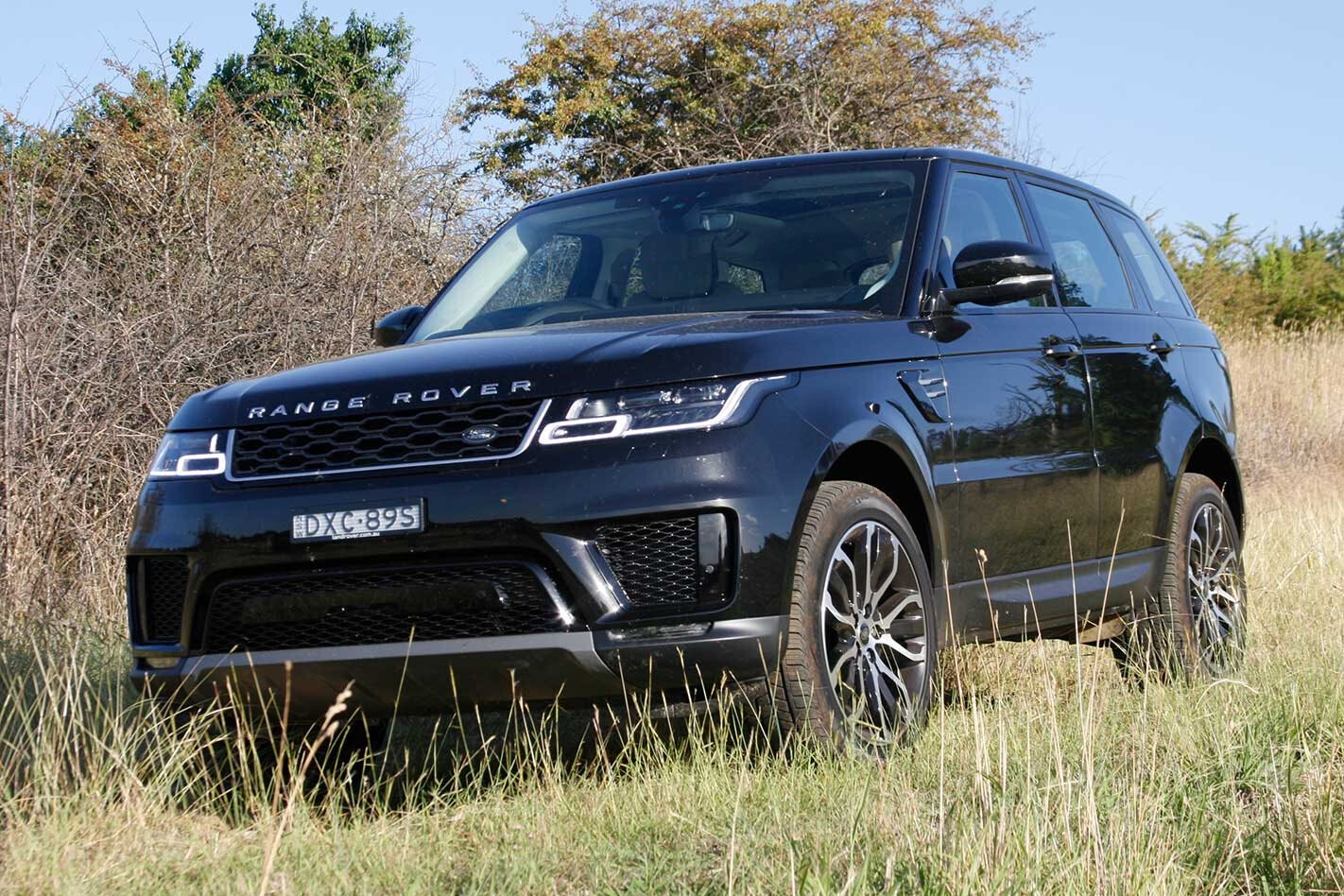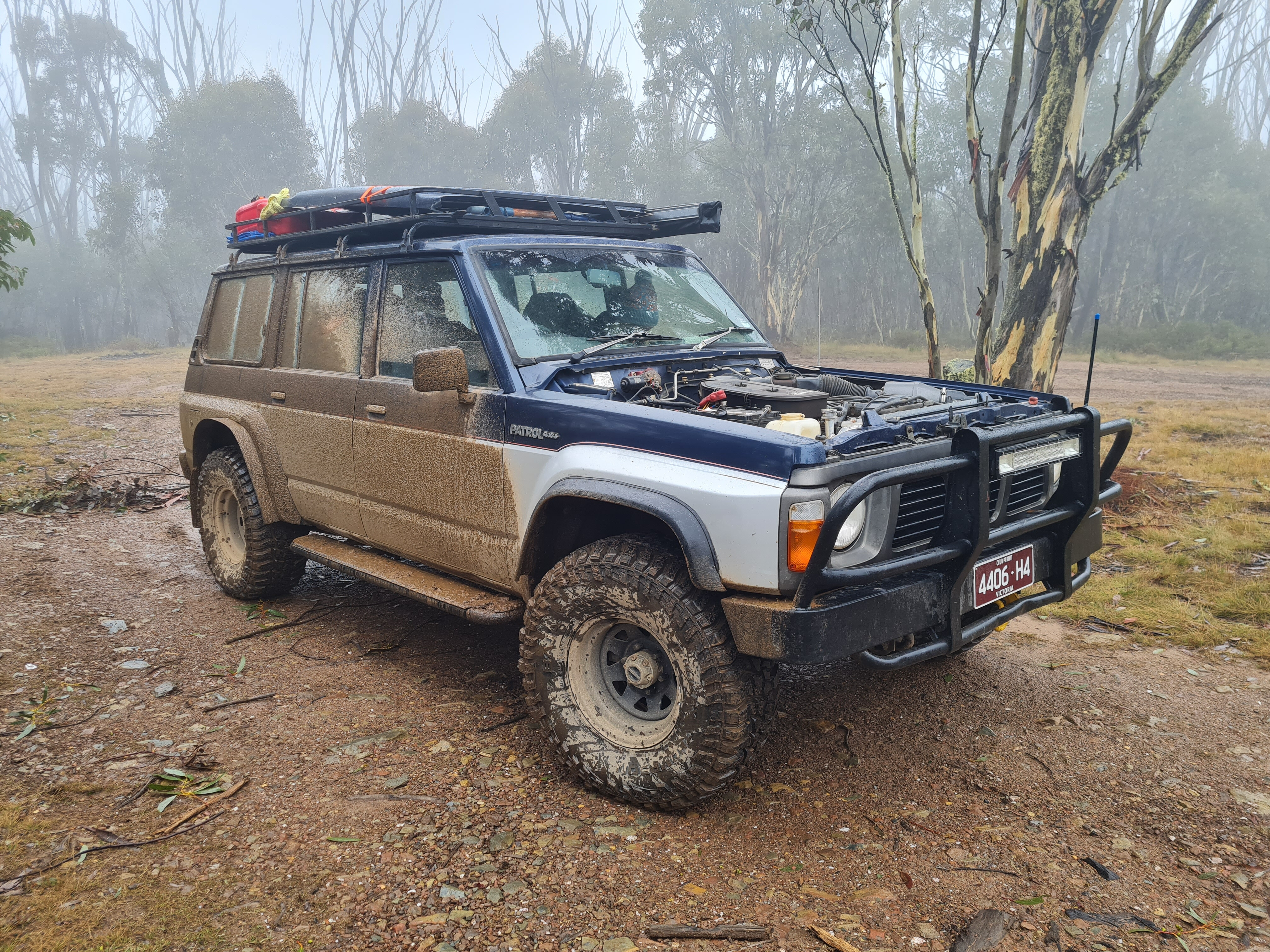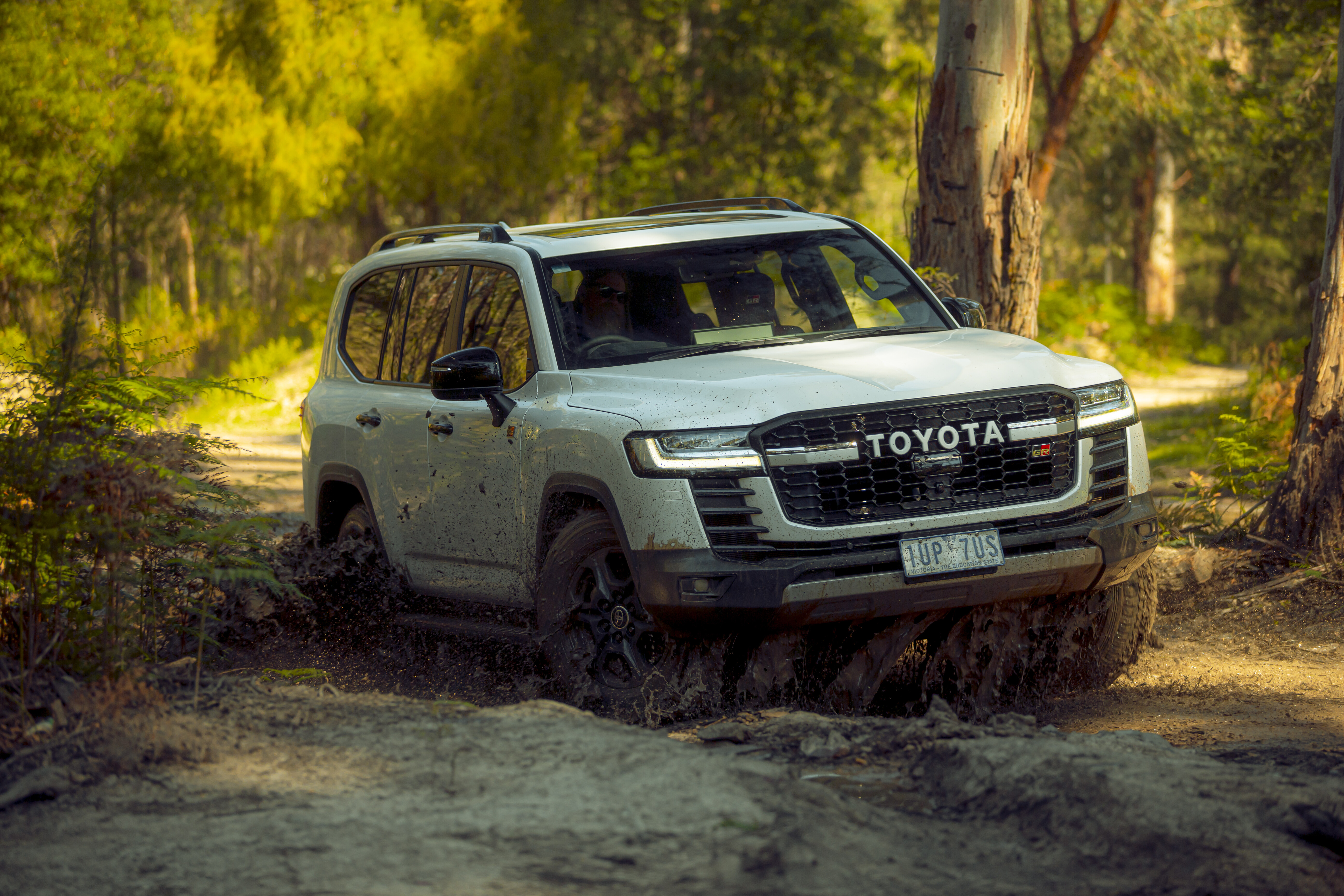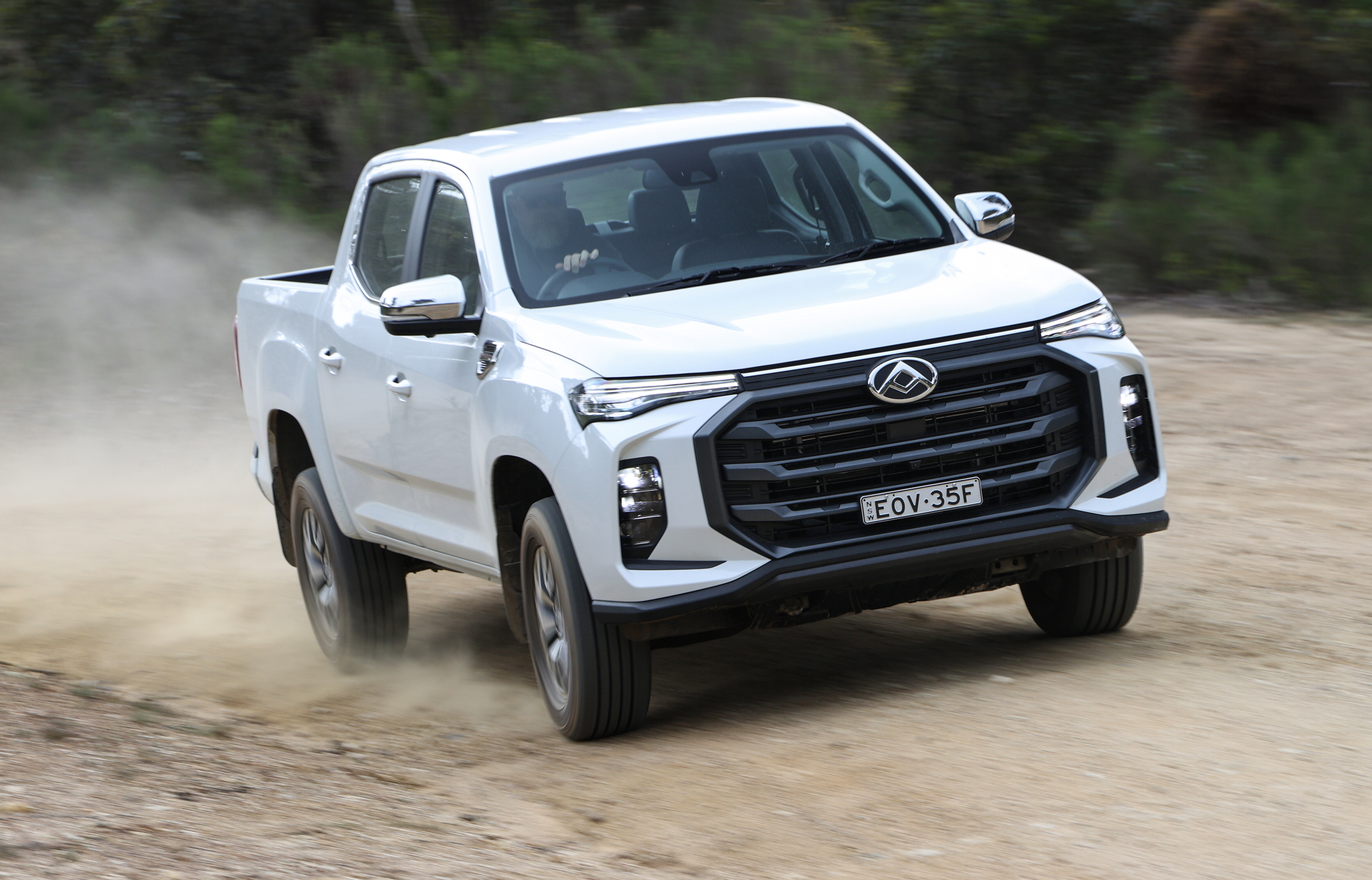WE MIGHT all be buying and driving diesel 4x4s these days, but the diesel’s days are seemingly numbered. Not in the next few years – not even in five years – but in ten years it might be too hard to buy a new diesel-powered vehicle.
At many levels there are forces at work to hasten the diesel’s demise; especially in Europe, once the champion of the diesel engine and the reason why diesels are so popular today.

Upcoming emission standards in North America and Europe look impossibly tough for diesels, while many major European cities and local governments plan to restrict the entry of diesel vehicles. Volkswagen’s ‘Dieselgate’ hasn’t helped the diesel’s image, while diesels also seem to be copping the blame for ‘climate change’, which is unfair given diesels do better than petrol engines in terms of greenhouse gas production.
While this might seem like bad news for anyone not quite ready for electric cars, the good news is that the future of the petrol engine looks far brighter, especially in light of recent advances in petrol-engine technology.
Evidence of this is the Range Rover Sport, complete with its Ingenium 2.0-litre four-cylinder petrol engine. Yes, you read it right: it has a four-cylinder petrol engine with just two litres of capacity, the sort of engine capacity and cylinder count more commonly associated with a small to medium passenger car and not a substantially sized 4×4.
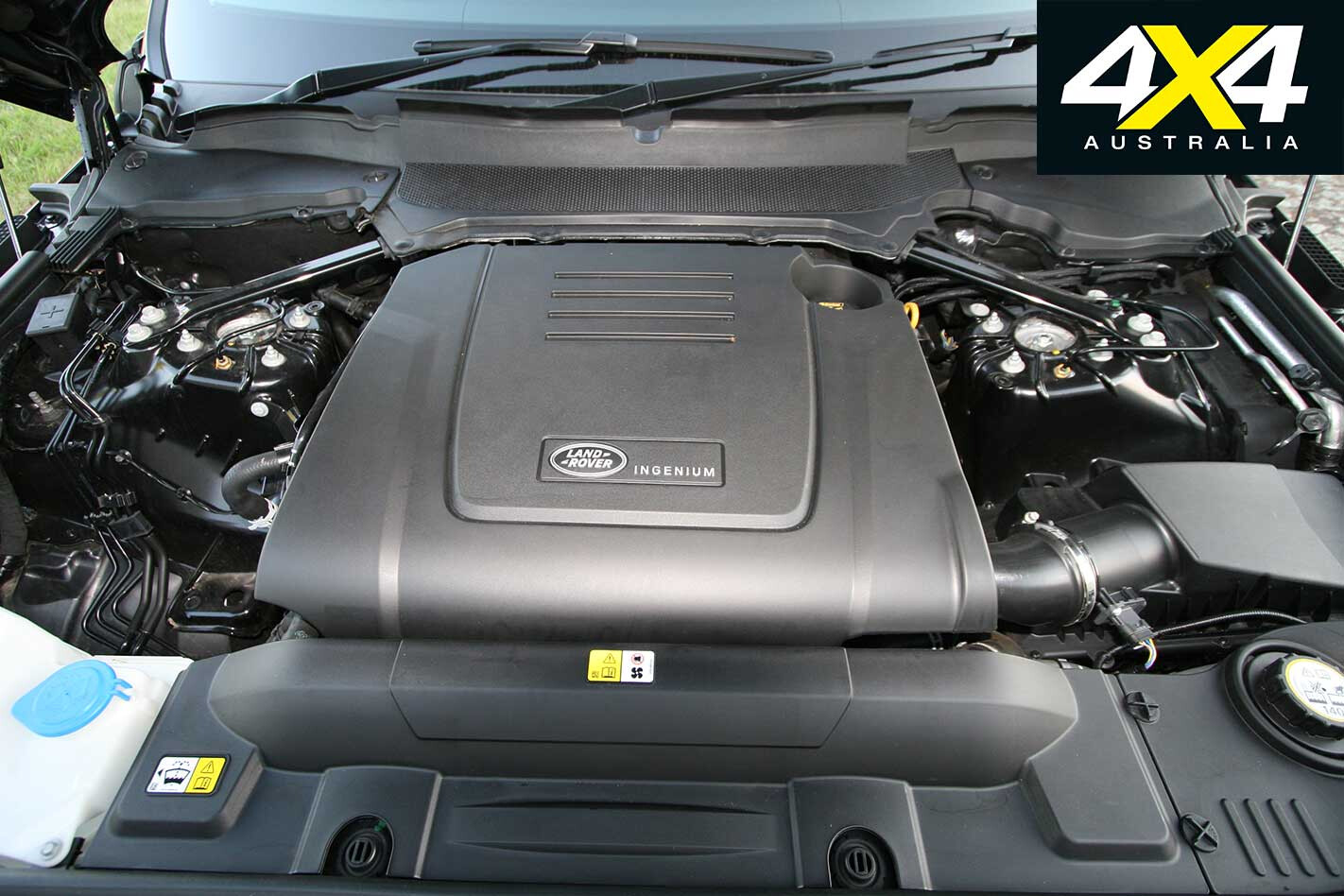
The difference here is that this engine produces the on-paper numbers (221kW and 400Nm) and the real-world performance you might expect from a petrol-powered V8 of twice the size, all thanks to a raft of high-tech features.
Not surprisingly it’s turbocharged and uses a low inertia (ball-bearing) twin-scroll turbo, but it also has direct fuel injection, variable valve timing on both cams, and variable valve lift on the inlet cam via electro-hydraulic control. The variable valve lift on the intake side effectively works as the engine’s throttle and does away with the need for a throttle plate in the air intake.
Despite the Range Rover Sport being a relatively big 4×4 that weighs around 2100kg, this ‘little’ petrol engine has sufficient low-rpm torque to carry freeway speeds with just 1700rpm on the tacho, just like a grunty diesel. Yet it’s also revvy and willing to spin out to high engine speeds, just as you’d expect of a turbo petrol four.
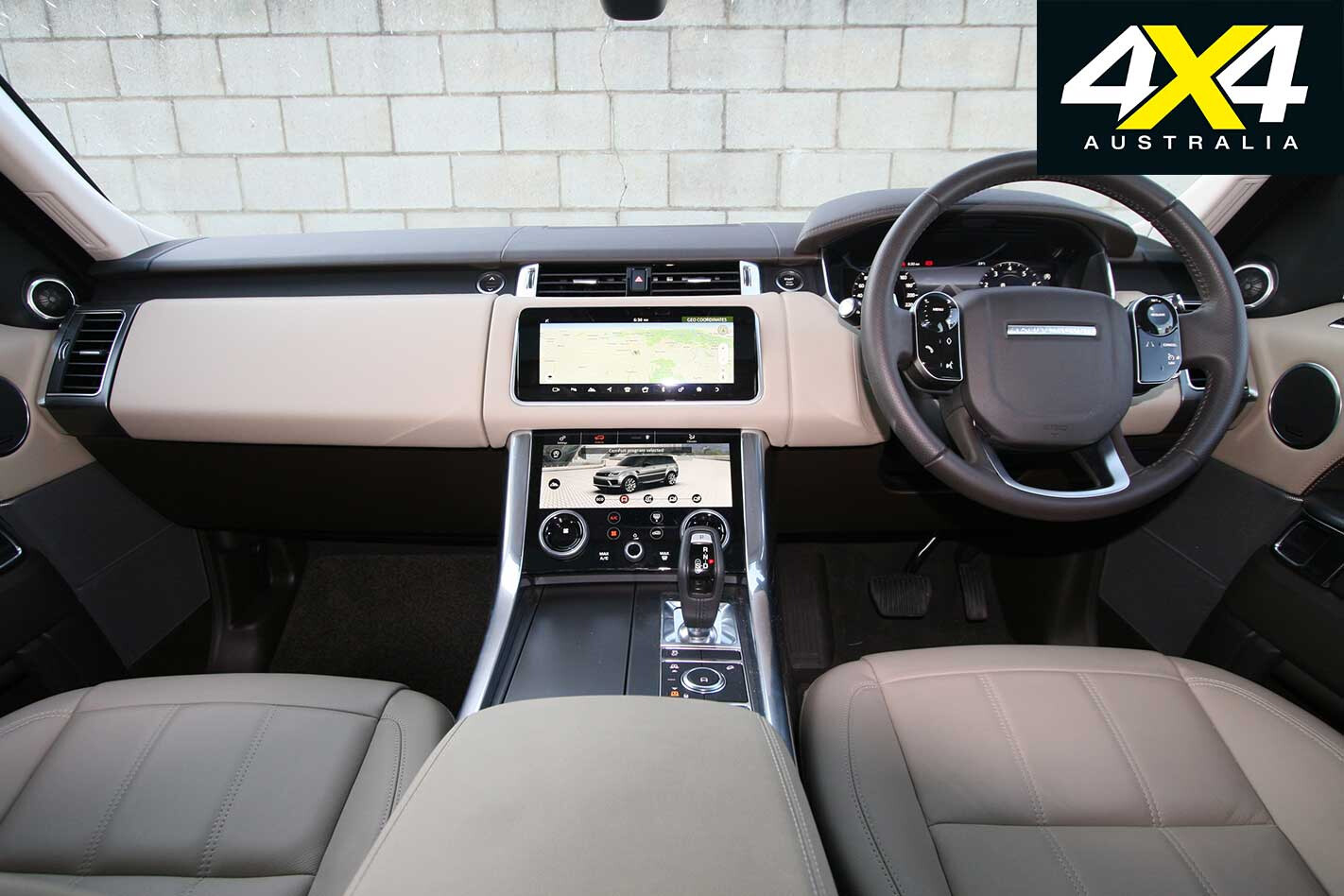
What’s the secret? Its 400Nm is produced from a diesel-like 1500rpm all the way to 4000rpm, and this flat torque curve produces a perfectly linear power delivery. All of which is helped by the peerless ZF eight-speed automatic that offers a wide spread of ratios from top to bottom but still relatively small ratio gaps. Good news too in terms of fuel use, which isn’t too far north of what you would expect of a four-cylinder diesel-powered Range Rover Sport.
Otherwise this RRS is like every RRS in as much as it provides a dynamic and engaging on-road drive combined with plenty of off-road competence, thanks largely to its long-travel, height-adjustable suspension; even if this particular model doesn’t get a dual-range transfer case.
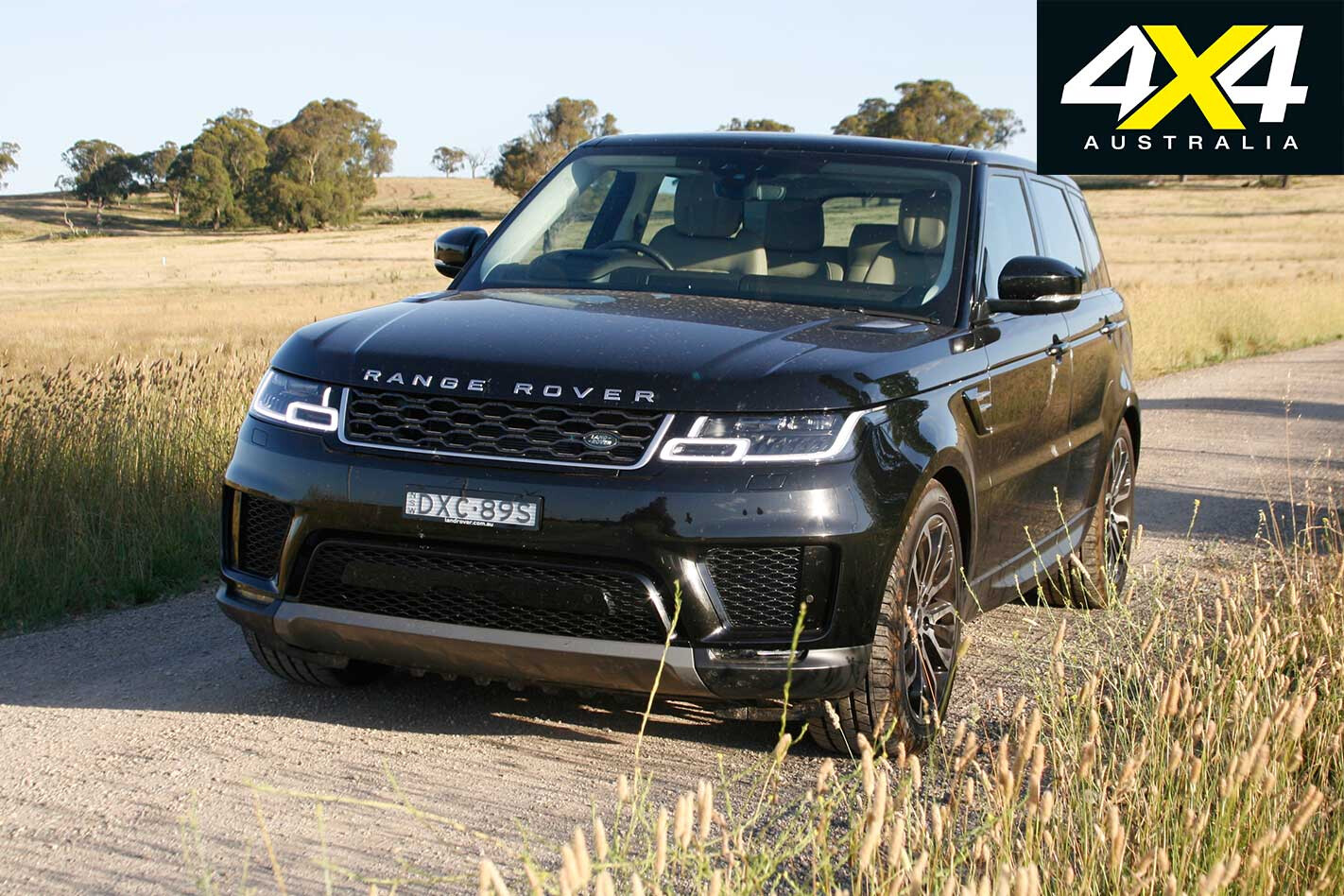
2019 RANGE ROVER SPORT Si4 SPECS: Engine: 2.0-litre 4-cyl turbo petrol Max power: 221kW at 5500rpm Max torque: 400Nm at 1500-4000rpm Transmission: 8-speed auto 4×4 system: Single-range full-time Kerb weight: 2083kg Payload: 817kg Towing capacity: 3000kg Fuel tank capacity: 104.3 litres ADR fuel consumption: 9.2L/100km Test fuel consumption: 10.3L/100km Price: $100,400 ($122,180 as tested with ORC)

